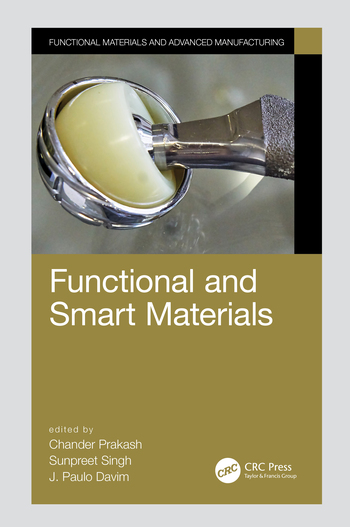In a pneumatic motion control system, directional control valves have a simple job: open and close. They send air to actuators, hold it back, change its direction or vent it to the atmosphere.
However, the simplicity of their function belies the complexity of the choices for specifying them. Directional control valves come in many configurations. Matching the valve with the application can improve the performance of a pneumatic system and save assemblers money on the cost of compressed air.
Directional control valves are available in normally open and normally closed versions. A normally closed valve does not allow airflow until it actuates. Conversely, a normally open valve blocks flow when it actuates. The former are used to control actuators. The latter are used in blow-off applications or to drive air motors.
Directional control valves are designated by the number of ports they have and by the number of switching positions, says Brady Webb, business development manager with IMI Norgren Inc. (Littleton, CO). A 2/2 valve has two ports and two switching positions (open and closed). It's used in simple, on-off applications, such as supplying air to pneumatic power tools. A 3/2 valve has three ports and two switching positions. The third port is for exhausting downstream air. These valves are used to control single-acting cylinders.
To control a double-acting cylinder, a 5/2 valve is needed. This valve has two switching positions and five ports: one inlet, two outlets and two exhausts. When one outlet is connected to the cylinder, the other is connected to an exhaust port. A 5/3 valve is like a 5/2 valve, except that it has an additional, neutral switching position. The third position allows the cylinder to be stopped in midstroke.
Most directional control valves are actuated with solenoids, says Todd Lewis, a certified fluid power specialist with the Pneumatics Div. of Bosch Rexroth Corp. (Lexington, KY). When current passes through the solenoid, it creates a magnetic field that pulls the valve's plunger away from its seat, permitting airflow. When the current is turned off, the magnetic field dissipates, and a spring pushes the plunger back to its original position.
Solenoid valves are available in direct-acting and pilot-operated versions. In direct-acting valves, the solenoid is connected directly to the plunger that opens or closes the valve ports. In pilot-operated valves, the solenoid controls a two-way pilot valve that sends air to a diaphragm or piston that, in turn, controls the plunger. The advantage of this design is that the solenoid can be kept small, which saves energy. With direct-acting valves, solenoid size increases as pressure and flow capacity increase.
In automated assembly systems, directional control valves are usually mounted in manifolds that share common electrical connections and exhaust and supply channels, says Webb. Mounting valves in a manifold simplifies wiring, eliminates piping between valves, and reduces the possibility of leaks. Accessories, such as pressure control valves, can also be mounted to the manifold.
Electrical connections to the manifold can be made through a multipin D-style connector or through a fieldbus system. "With a D-style connector, you still have to wire each pin," says Webb. "With a fieldbus, you just have to connect a single twisted-pair cable. But the real advantage of a fieldbus system is that it gives you diagnostic information. If something goes wrong, you know exactly where the problem is and what's causing it."
Once engineers know what kind of valve they need, the next step is to select the right size for the application. Valves are designated by their flow rates. When calculating the flow rate, engineers should consider the volume, speed and stroke of the actuator; the switching frequency of the valve and the amount of time it spends at each position; the air pressure at the valve's input; and the air pressure at its output.
"Many engineers don't calculate the flow they need," says Lewis. "They choose a valve just by port size, or they oversize everything and install flow controls later. That's like stepping on the gas and the brakes at the same time."



